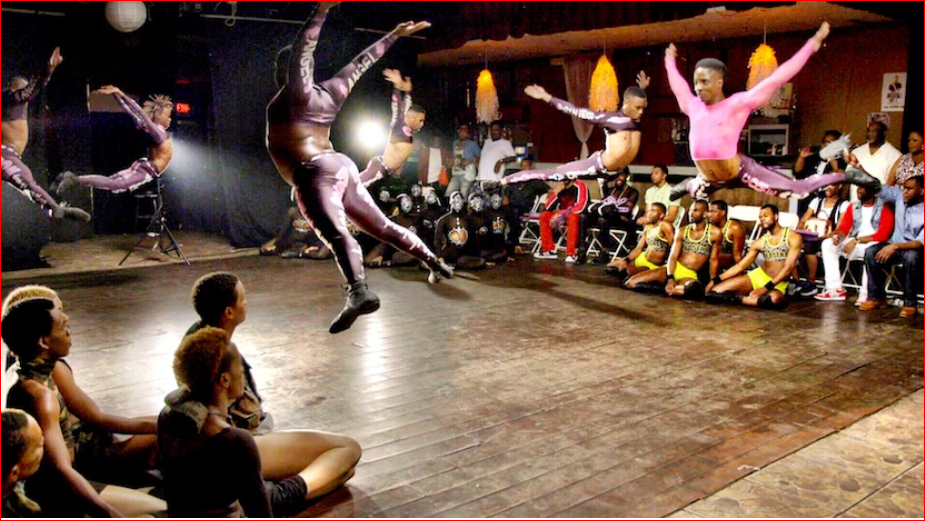When the Beat Drops - A Complex Group Portrait
I can do no better contextualizing the social origins for this accomplished documentary than quoting its first-time director, Jamal Sims. “[I]n1971, Ms. Shirley Middleton, a Jackson State University majorette, put down her baton and started thrusting her hips on the football field and started dancing to popular music. That style became what is now known as bucking. All of the HBCU’s (Historically Black Colleges) majorette teams adopted this style and over the years made it more edgy and hip. The young men of the LGBTQ+ community in the South who went to the schools wanted to do the dance, but knew they couldn’t because of social stereotypes. They took it to the underground gay clubs, created teams, and created a community around this particular style of dance.”
When the Beat Drops is primarily a group portrait of the bucking team, Phi Phi, created by the dance craze founder, Anthony. Immediately we are struck by how atypical Anthony is as a dance fag. He’s HUGE, well over 250 pounds. He not only pioneered the Black gay male style of bucking but drew like-minded men to him who also responded deeply to this athletic, socially stigmatized (for men) style of dance. Not only is Anthony large, he’s masculine, obviously very kind, and unapologetic about being gay. I suspect that Southern culture produces a kind of post-Stonewall identity that is more relaxed than its urban counterparts in other parts of the country.
Unlike the ball culture of New York first profiled in Paris Is Burning, these J-Setters (a term also originating at Jackson State) are not necessarily transgendered, not homeless, not scrabbling on the streets to get by, not even effeminate, though some are. Lynell, one of the dancers profiled, is a college graduate who teaches high school band and has founded an organization to advance music and fine arts programs in high school. Napoleon, another high school music teacher, also runs a non-profit to promote music education. These men have fears that if they were outed as J-Setters (which, of course, the doc makes inevitable), they might lose their jobs or the respect of their peers.
Look at the picture at the top of this post. The mix of athleticism and the “feminine” uniforms is both disorienting and exhilarating. I was struck by the parallels and differences between bucking and MTF cross-dressing. Both are stigmatized by straight society and many of their fellow gays because of the embrace of femininity or certain aspects of it. But a man in is more constrained by her “role” than are the J-Setters. (In that regard, the community profiled in Paris Is Burning is far more homogeneous). However the courage they have in following their passion is the same. And as with all stigmatized communities, a sense of family and fellowship ensues. One of the loveliest scenes of the documentary chronicles a party at Anthony’s where members of Phi Phi banter and interact.
Sims, a successful dancer and choreographer, wisely focuses on the dance aspect of this subculture, giving the bucking sequences, particularly in the climactic battle for national supremacy, enough time to delight and astonish. The unpleasant realities of Black life in America occasionally intrude – Anthony is shot in an attempted auto theft mugging; Flash’s aggro lesbian mother battles a crack addiction – but Sims doesn’t descend too deeply down these rabbit holes.
As a first-time documentarian, Sims has produced something that is polished, entertaining, educational, and witness to the diversity within the Black gay spectrum. They’re not all snap queens, tragic victims, or closeted players. As a group portrait, When The Beat Drops is supremely successful. Going against current documentary dogma, Sims doesn’t choose his characters and make sure they each follow an arc. And yet, he has fashioned a 90-minute portrait that sustains our interest and demands our admiration. As dancer/athletes these men are astonishing!
Recent Posts
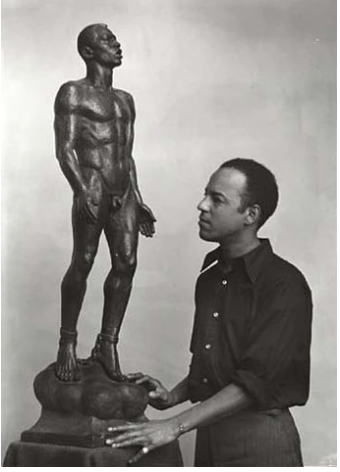
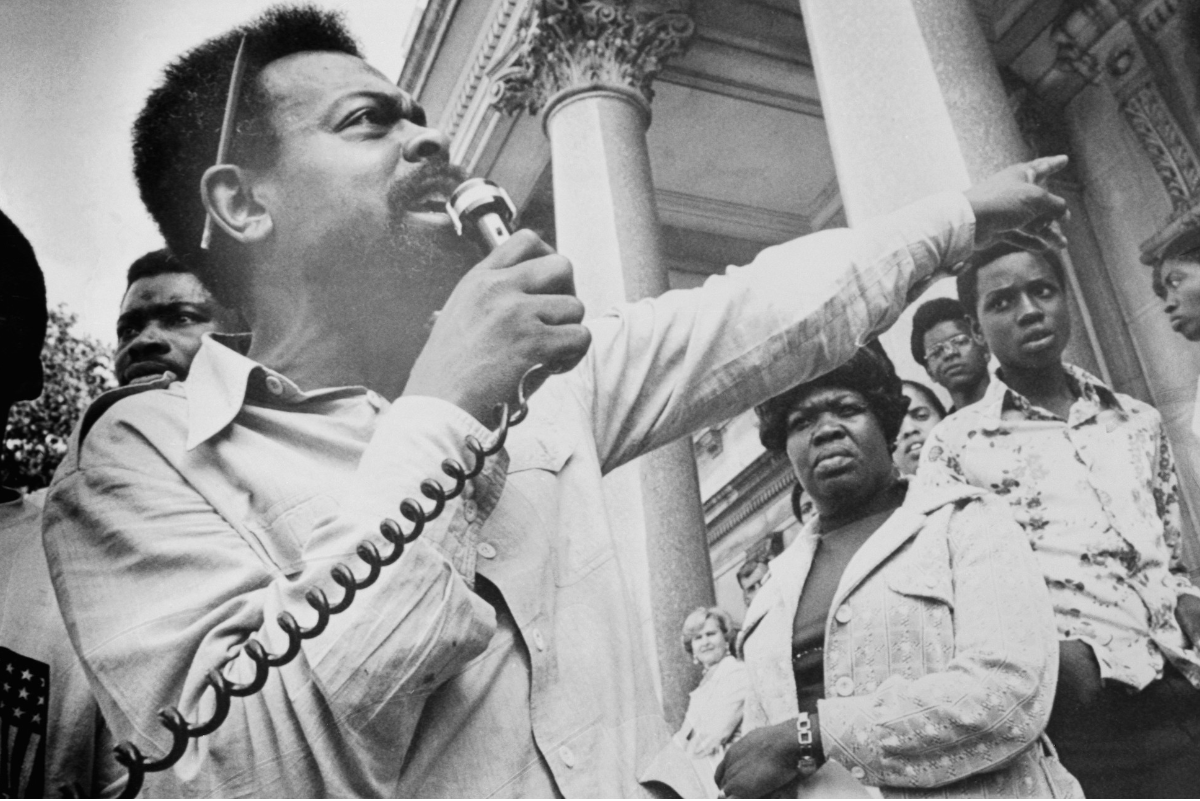
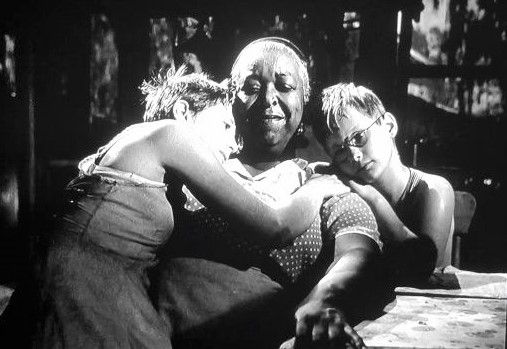
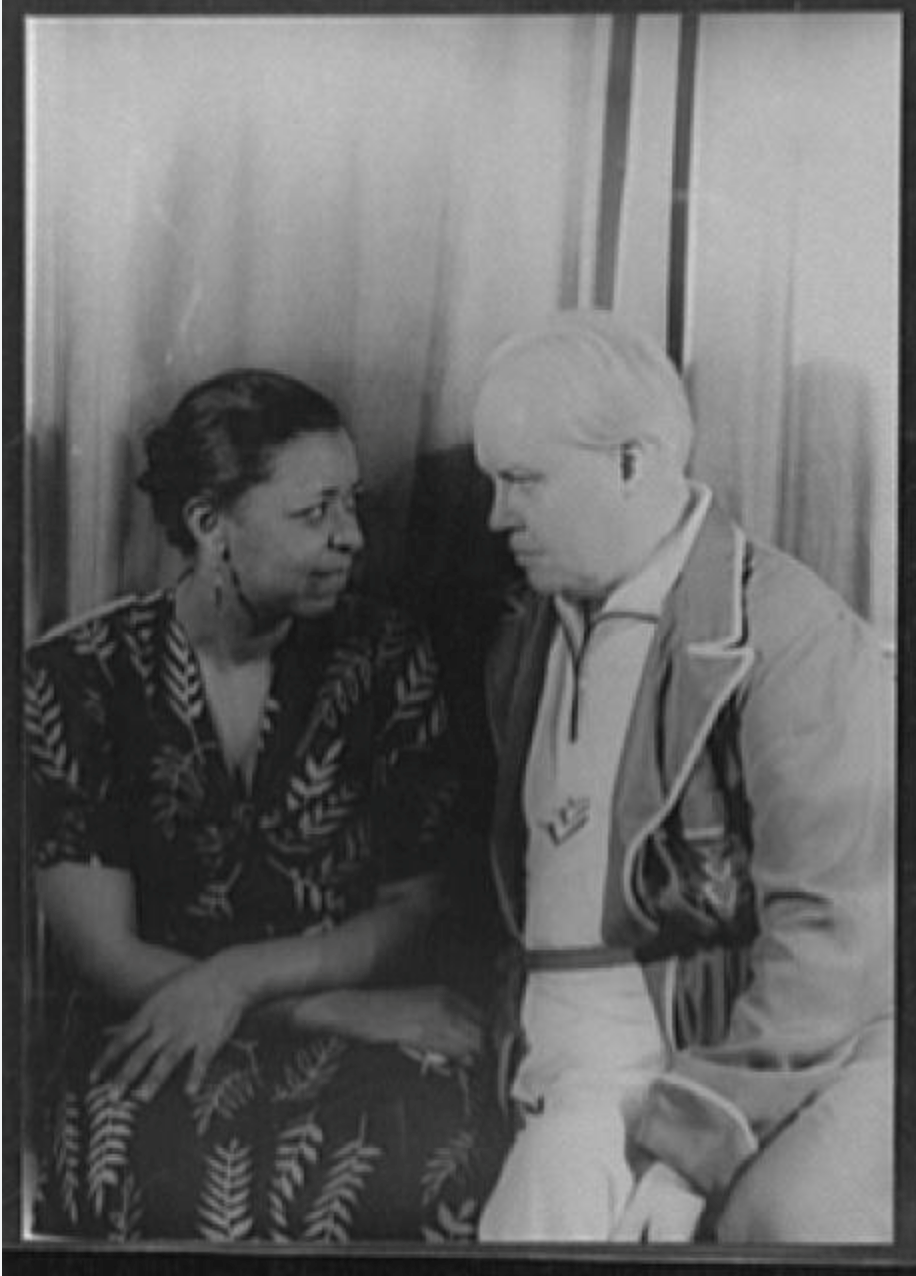
SHOGA FILMS is a 501(c) (3) non-profit production and education company. We create multimedia works around race and sexuality that are intended to raise awareness and foster critical discussion.
Contact Us
All Rights Reserved | Shoga Films
Stay Connected
Thanks for subscribing!
Please try again later.


